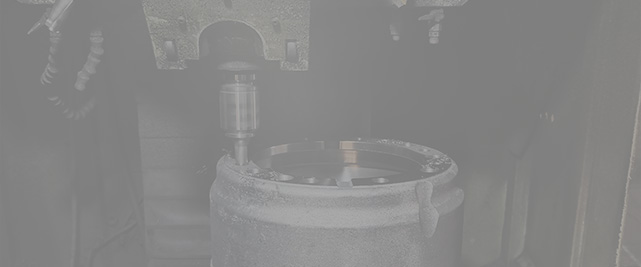Nov . 24, 2024 22:32 Back to list
Steps to Install Brake Drums Safely and Effectively at Home
How to Install Brake Drums A Step-by-Step Guide
Installing brake drums is a crucial aspect of vehicle maintenance that can enhance the safety and performance of your braking system. Whether you're a seasoned mechanic or a DIY enthusiast, understanding how to install brake drums properly will extend their lifespan and ensure they function optimally. This guide will provide you with a step-by-step process to efficiently install brake drums.
Tools and Materials Needed
Before you begin, gather the following tools and materials
- Jack and jack stands - Lug wrench - Brake drum (make sure it matches your vehicle's specifications) - Brake cleaner - Torque wrench - Screwdriver - Rubber mallet (optional) - Safety glasses and gloves
Step 1 Preparation
1. Safety First Make sure to wear safety glasses and gloves to protect yourself from debris and sharp edges. 2. Lift the Vehicle Using the jack, raise the vehicle and secure it on jack stands. Ensure the vehicle is stable before proceeding.
3. Remove Wheel Use a lug wrench to unscrew the lug nuts and take off the wheel. Place the wheel and lug nuts aside in a safe location.
Step 2 Inspect the Brake Components
1. Examine the Brake Components Before installing new brake drums, inspect the brake shoes, wheel cylinder, and other components. Look for signs of wear or damage. If the brake shoes are worn down, they should be replaced along with the drum.
2. Clean the Assembly Use brake cleaner to clean the brake assembly and remove any dust or grease that may have accumulated.
Step 3 Remove the Old Brake Drum
1. Check for Removal Sometimes, the brake drum can be stuck due to rust or debris. If this is the case, gently tap around the drum with a rubber mallet to loosen it. Avoid using excessive force, as this could damage the components.
2. Take Off the Drum Once loosened, pull the drum straight off the wheel hub. Be cautious as the drum may have dust from the brake shoes which can be harmful when inhaled.
how to install brake drums

Step 4 Install the New Brake Drum
1. Inspect the New Drum Ensure that the new brake drum is clean and free from any manufacturing debris. Verify that it matches the specifications of your vehicle.
2. Align the Drum Position the new drum over the wheel hub. Make sure that it fits snugly and aligns with the screw holes.
3. Secure the Drum If your brake drum has retaining screws, use a screwdriver to secure the drum to the wheel hub. This will prevent it from moving during installation of the wheel.
Step 5 Reinstall the Wheel
1. Place the Wheel Back Lift the wheel back onto the hub and align the holes with the lug bolts.
2. Screw in the Lug Nuts Hand-tighten the lug nuts onto the bolts. Once they are all on, use the torque wrench to tighten them to the manufacturer's specifications. This ensures that the wheel is securely attached.
3. Lower the Vehicle Carefully lower the vehicle back to the ground using the jack.
Step 6 Final Checks
1. Test the Brakes Before taking your vehicle on the road, press the brake pedal a few times to ensure that the brake shoes make contact with the drum and that the brake system is functioning correctly.
2. Road Test Finally, take the vehicle for a short test drive to confirm that everything is operating smoothly. Listen for any unusual noises and check if the brakes are responsive.
Conclusion
Installing brake drums might seem daunting, but with careful preparation and attention to detail, it can be accomplished without professional help. Regular maintenance of the braking system not only enhances vehicle safety but also improves driving performance. If at any point you feel uncertain about the process, it is advisable to consult a professional mechanic for assistance. Remember, your safety on the road is paramount!
-
Scania Brake Drums: OEM Quality for Optimal Safety & Durability
NewsAug.16,2025
-
R.V.I: Advanced Remote Visual Inspection for Precision
NewsAug.15,2025
-
Discover HYUNDA: Innovative Vehicles, Equipment & Solutions
NewsAug.14,2025
-
R.V.I: Unlock Advanced Insights & Real-time Performance
NewsAug.13,2025
-
Kamaz Brake Drum: Durable & Reliable for Heavy Duty Trucks
NewsAug.12,2025
-
Heavy Duty Iveco Brake Drum - Premium Quality & Safety
NewsAug.11,2025
